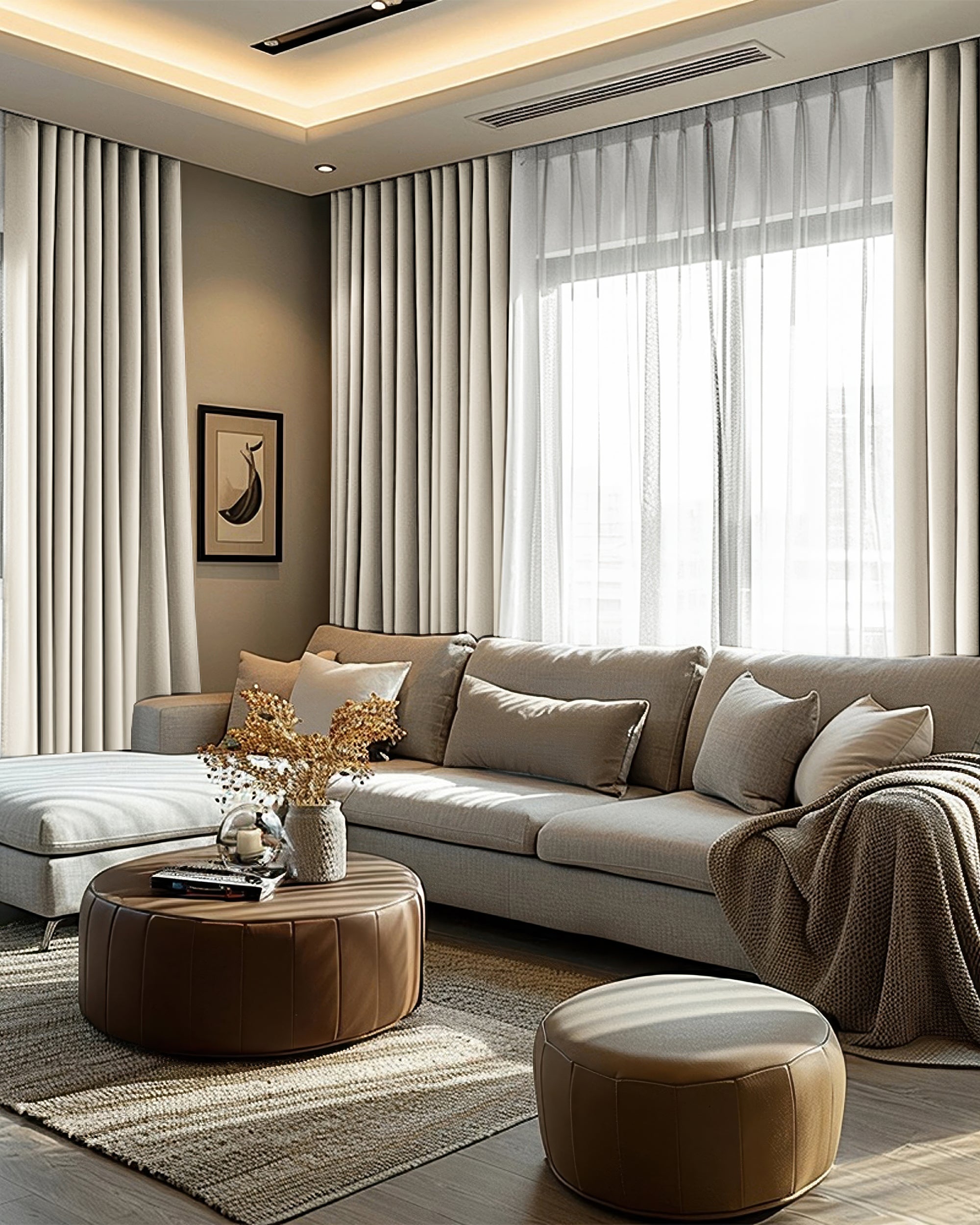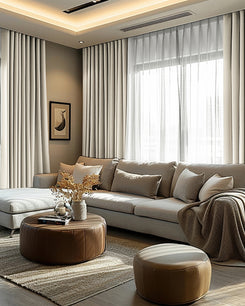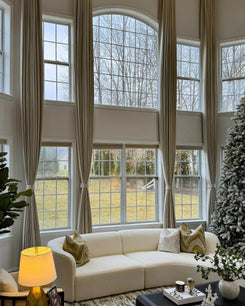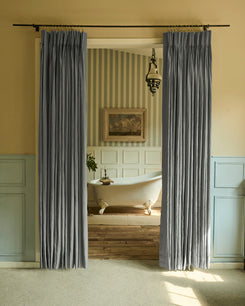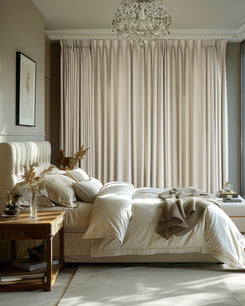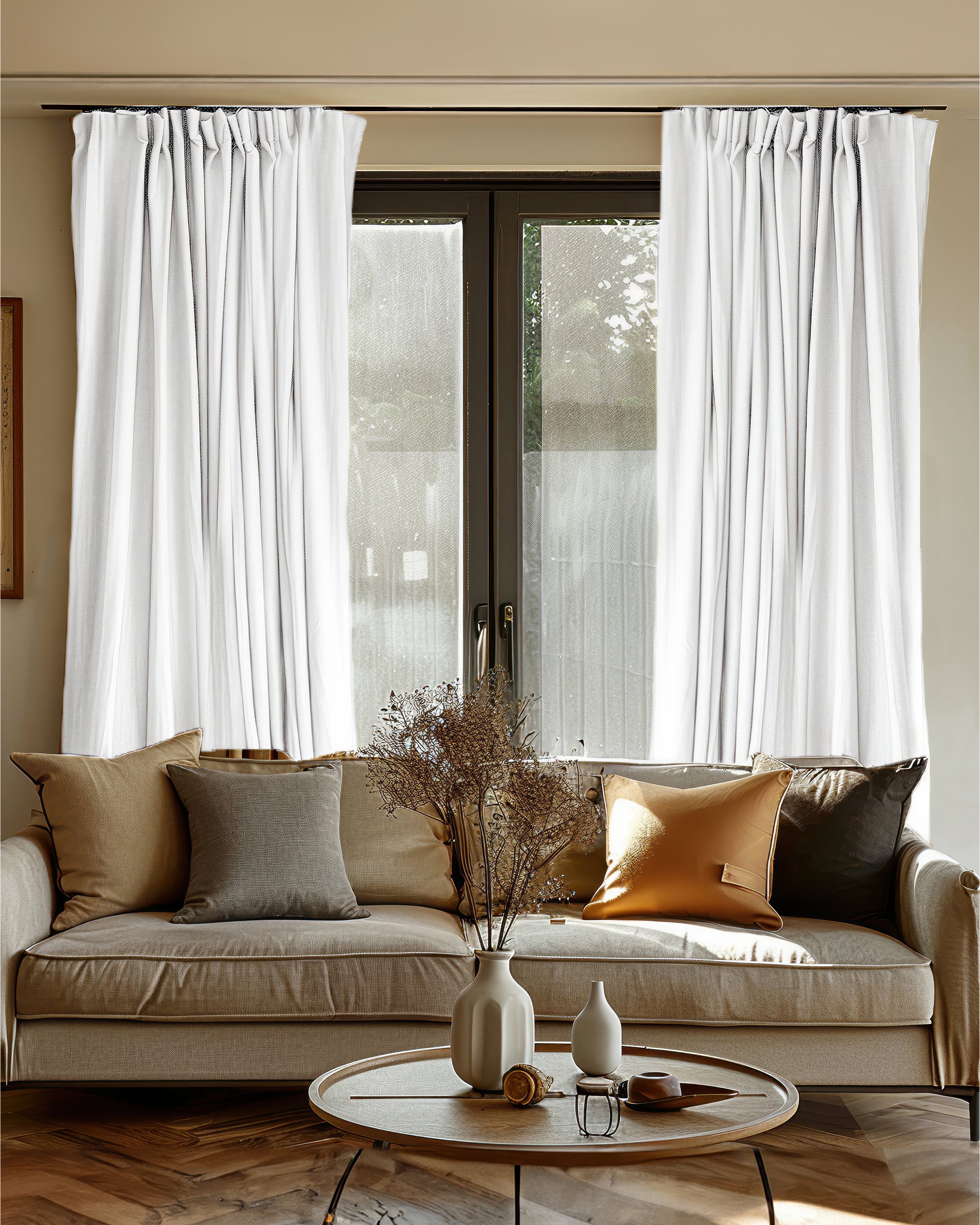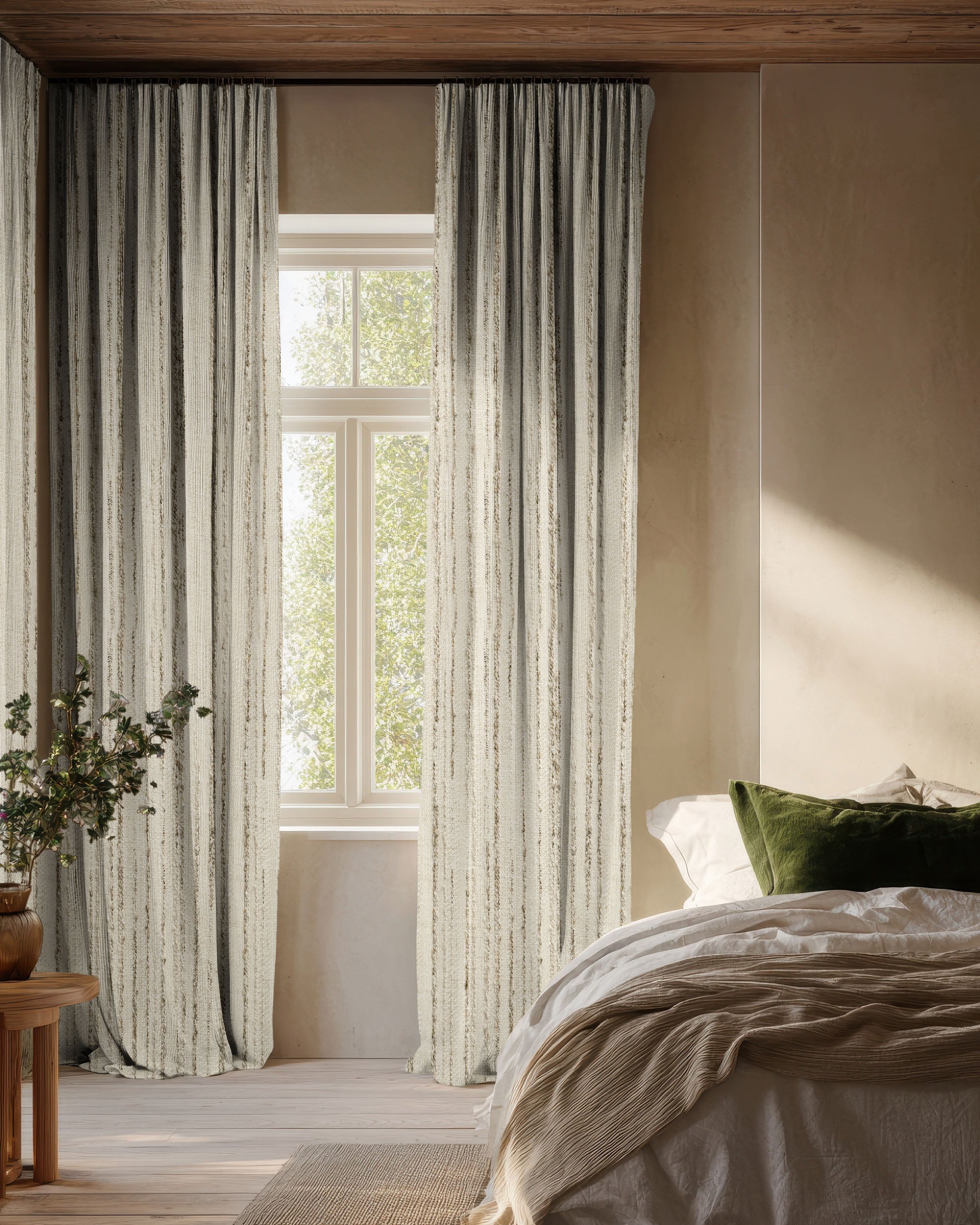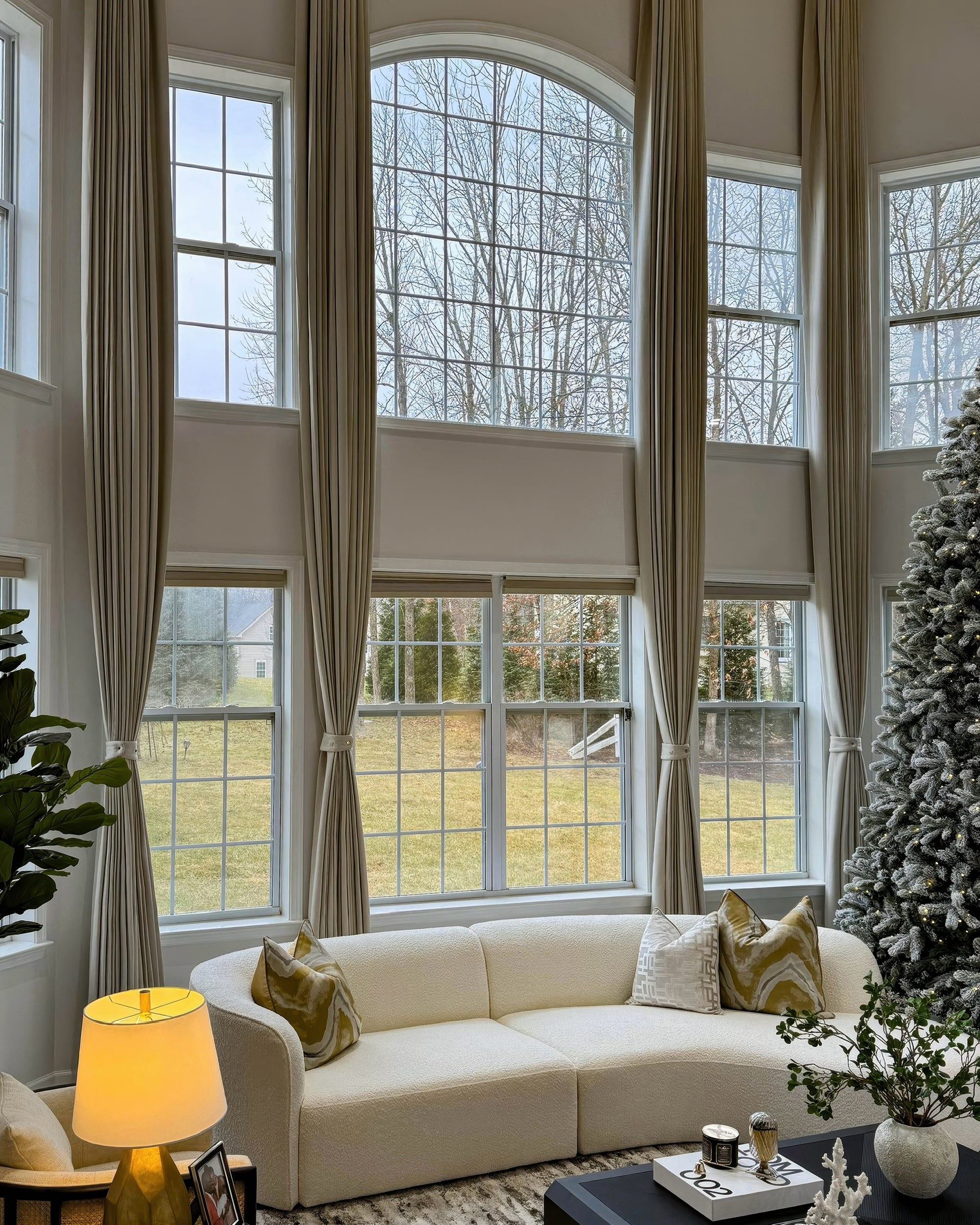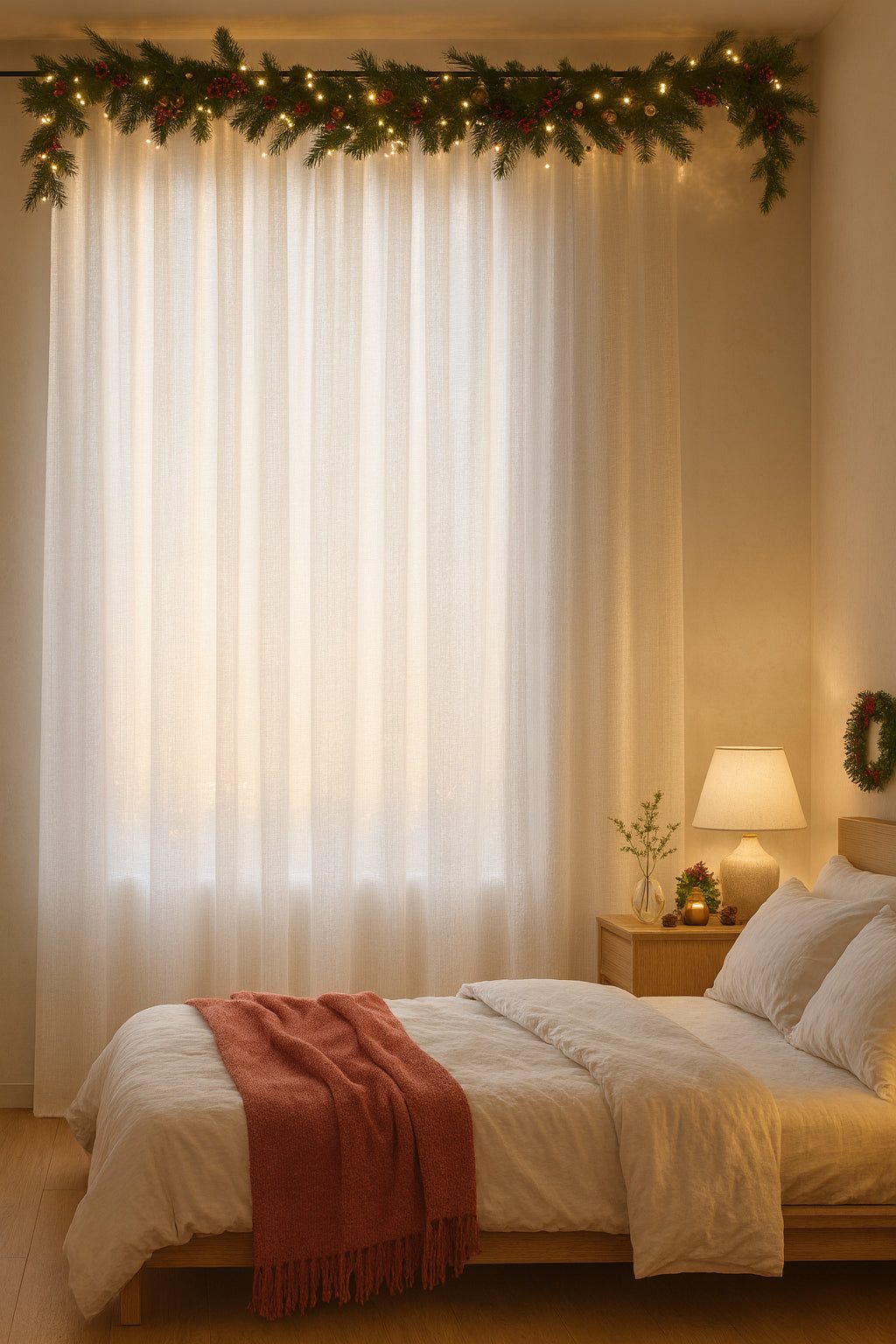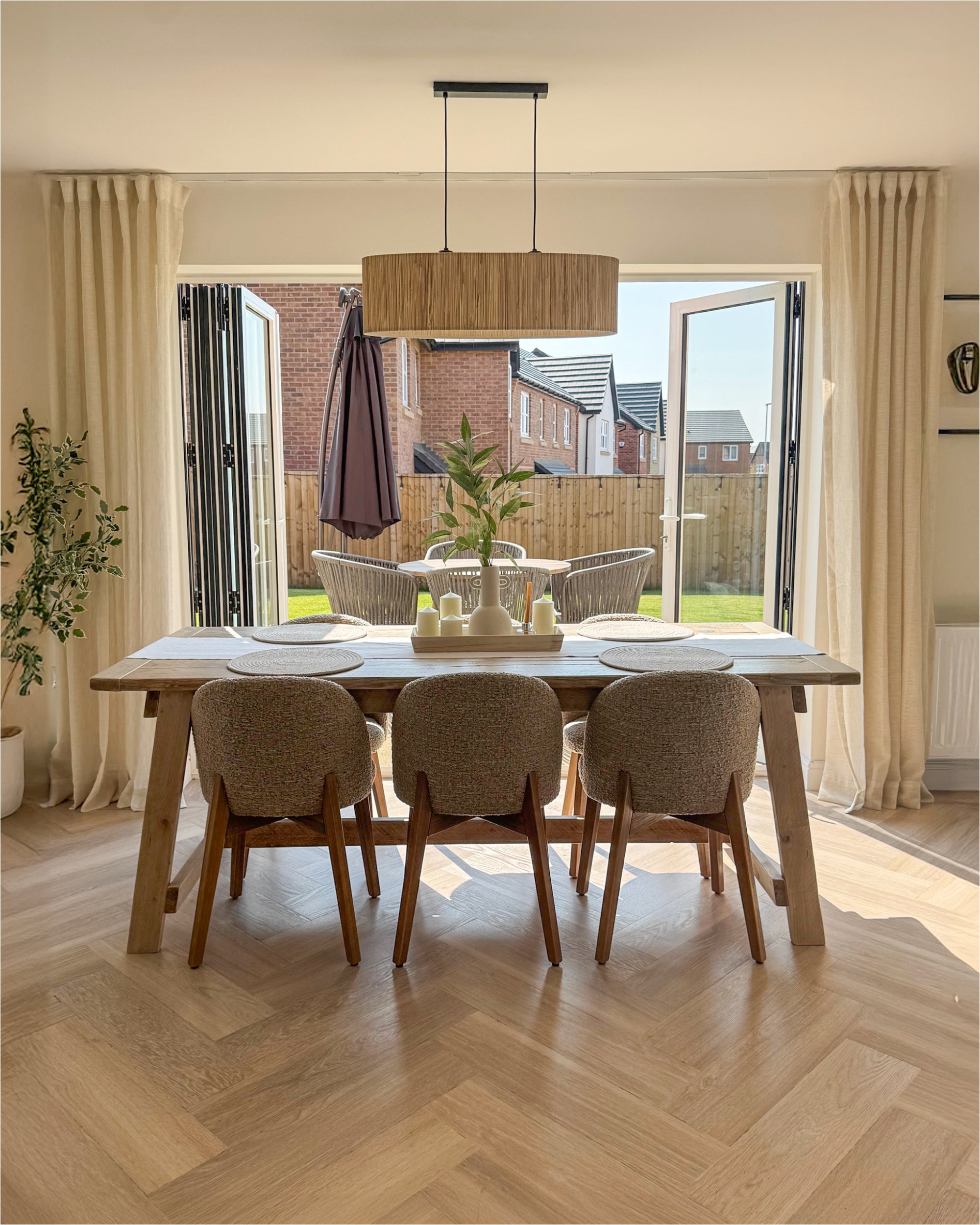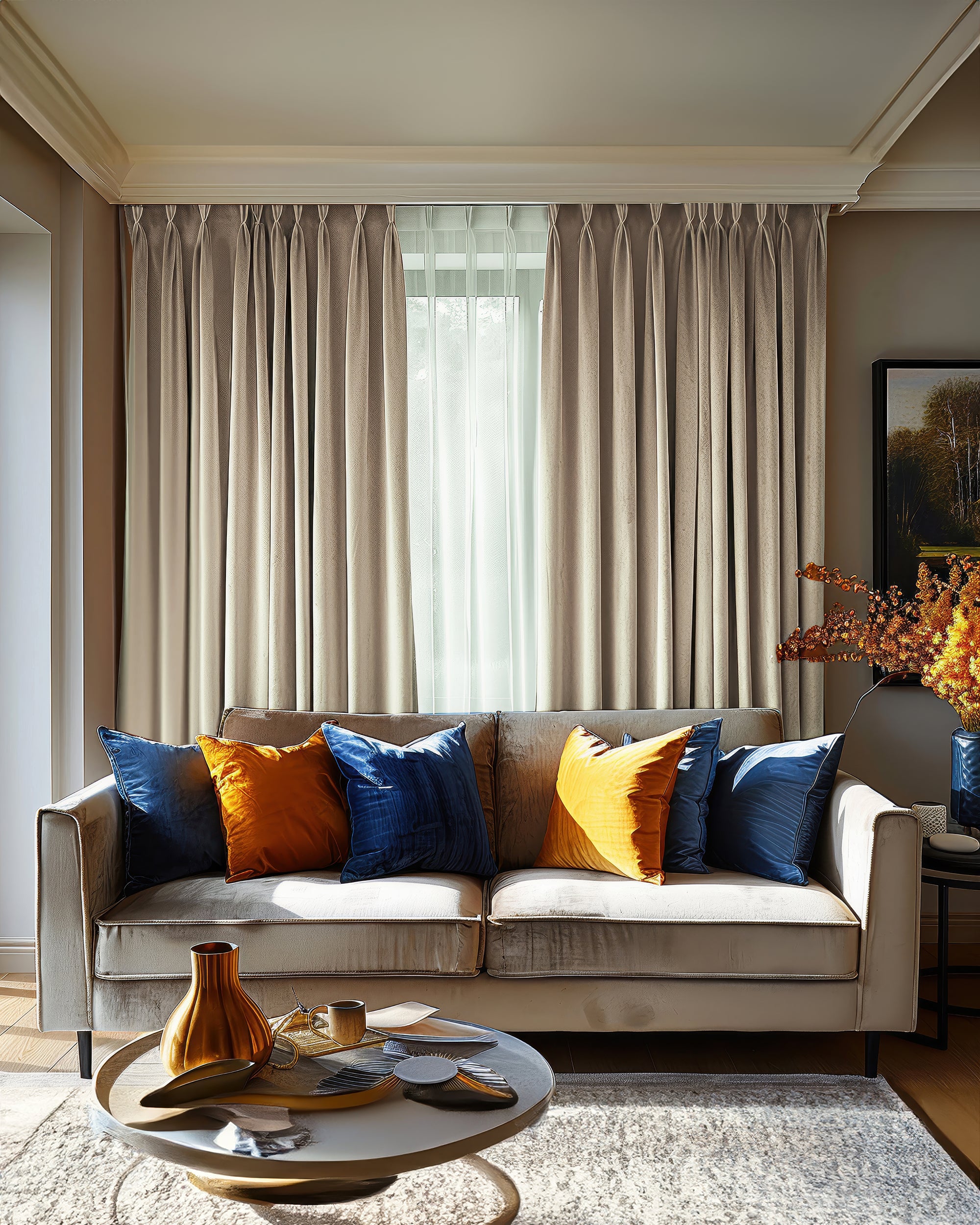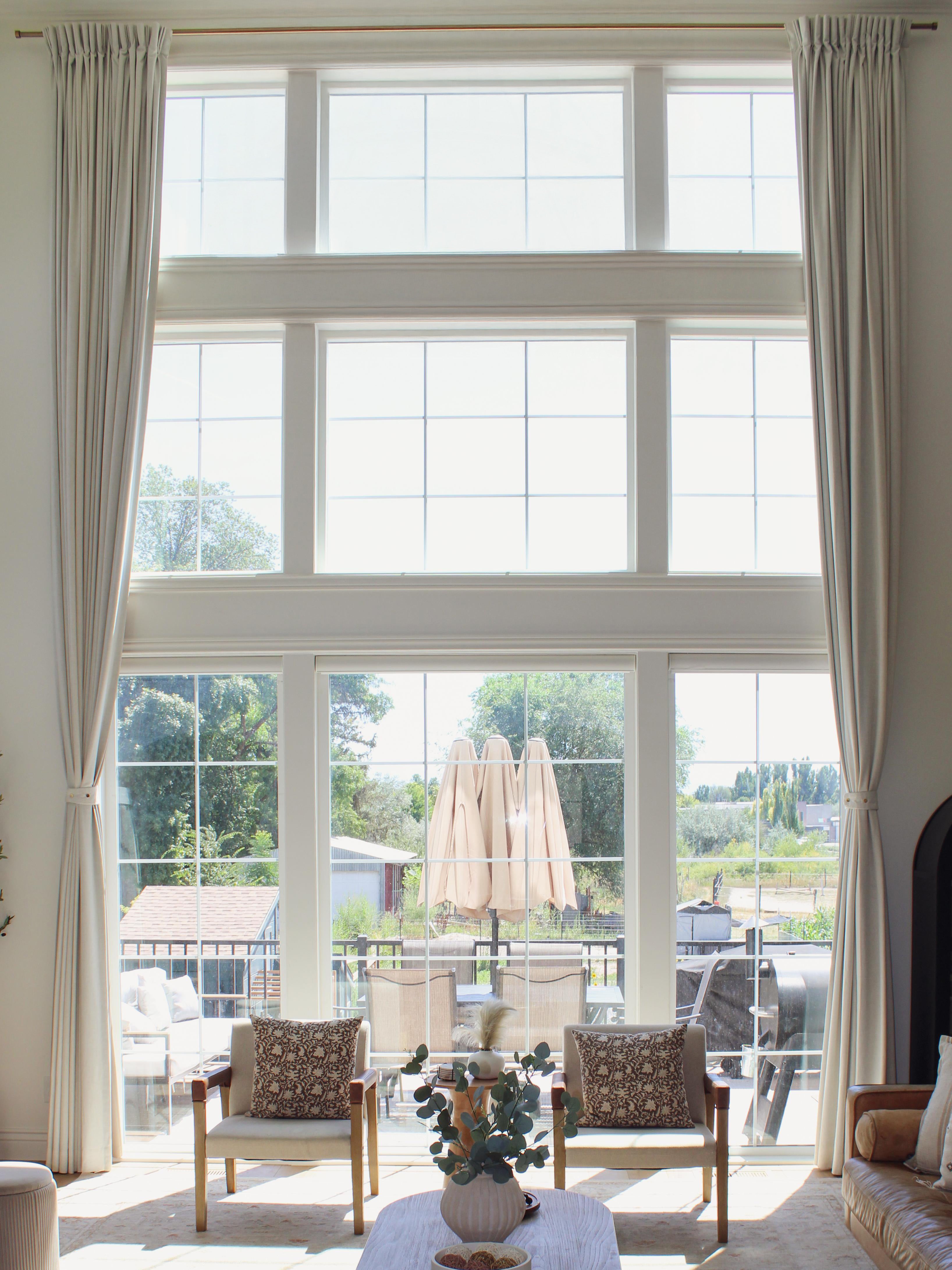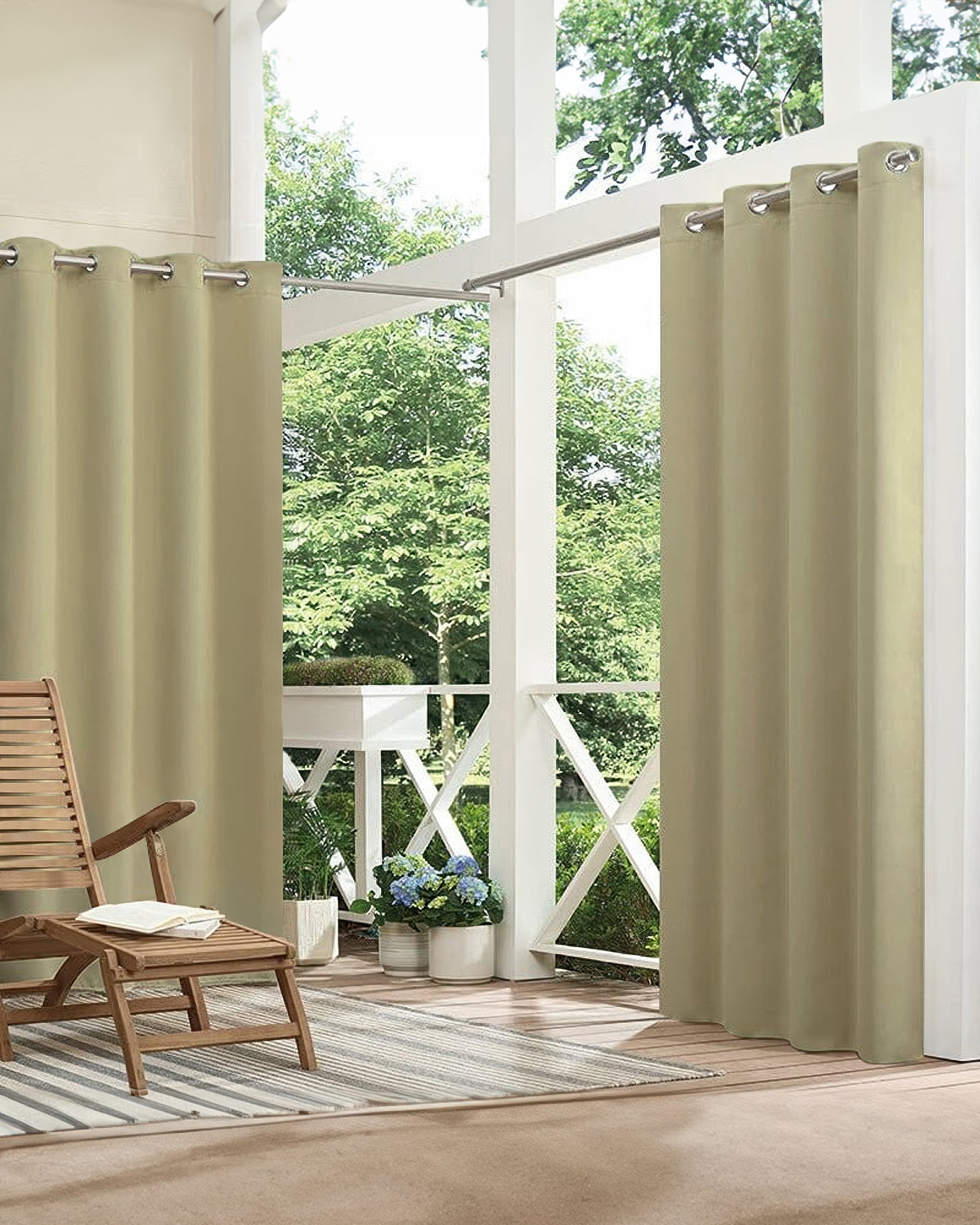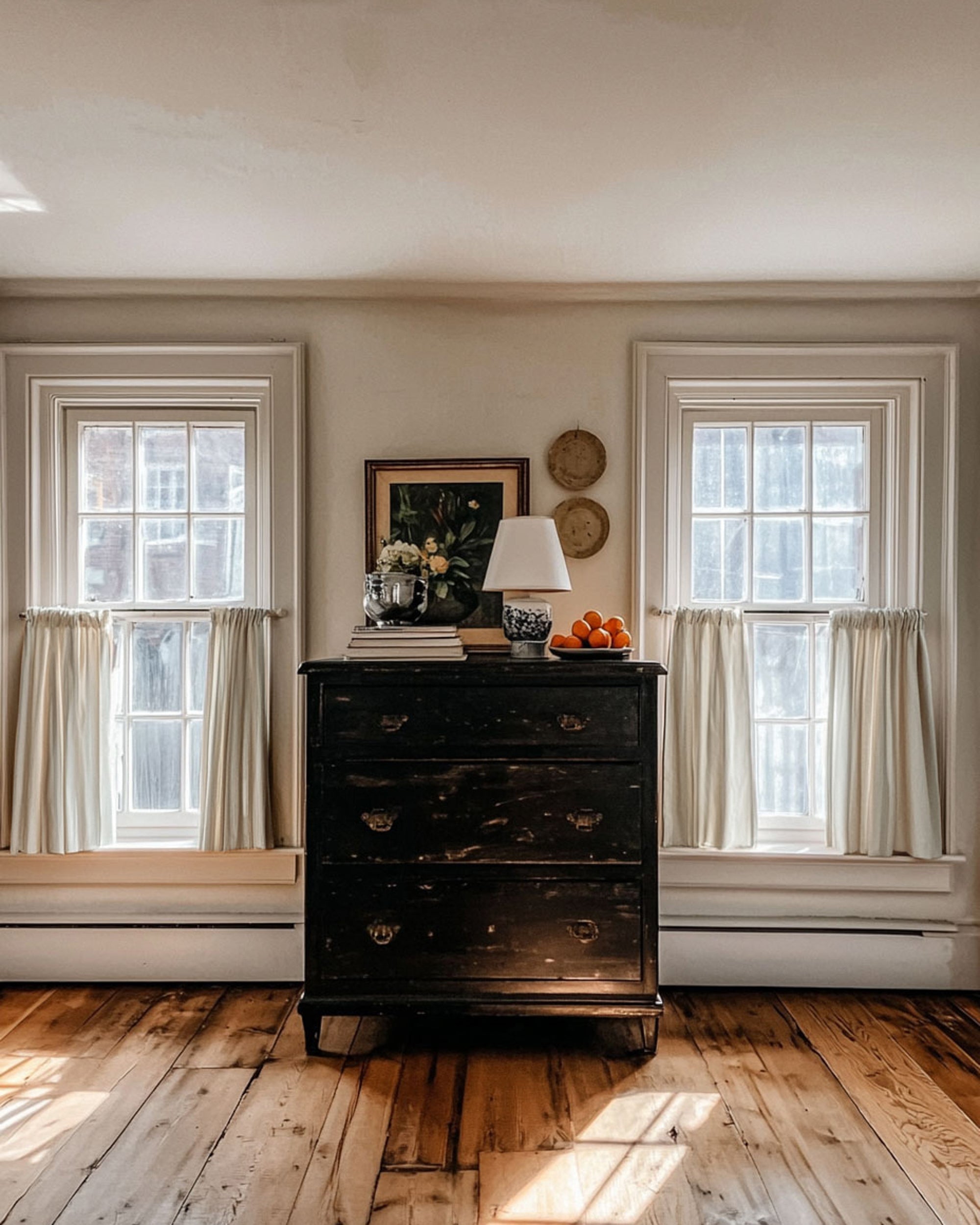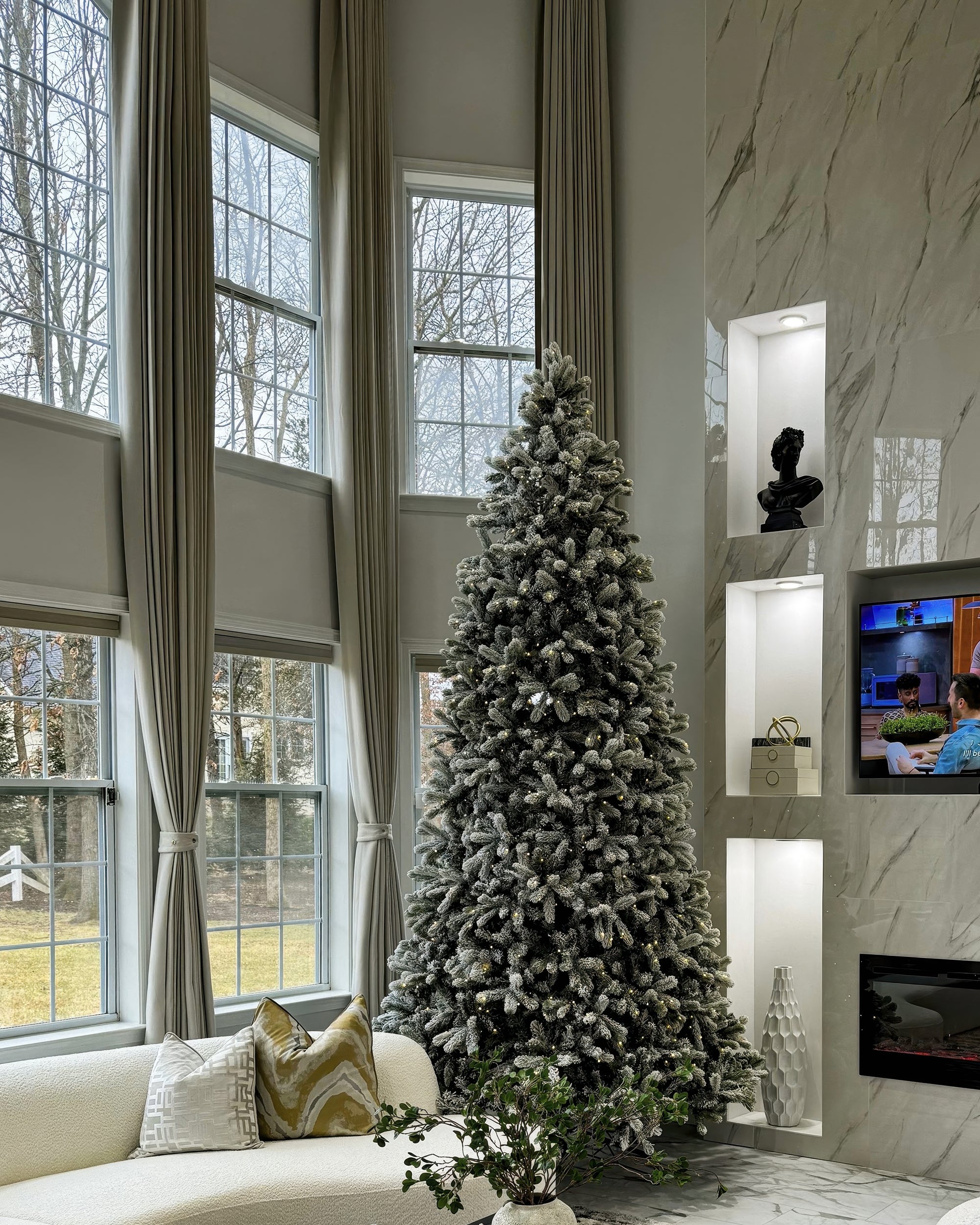In the search for a comfortable and naturally cooled home environment, curtains often play a larger role than many people expect. While air conditioning is the obvious solution, energy-conscious households are increasingly looking toward passive cooling strategies—and window treatments are at the center of this conversation.
One question often raised is whether linen curtains can help reduce indoor temperatures. Do they block heat? Can they be considered thermal curtains? The answer, while not entirely straightforward, lies in how linen behaves as a material and how it's used.
The Nature of Linen: Light, Breathable, and Functional
Linen has long been favored for its relaxed aesthetic and breathable quality. As a fabric made from flax fibers, it is both durable and natural. But beyond its visual appeal, linen offers certain thermal characteristics that can contribute to maintaining a cooler interior space—especially during warmer months.

Unlike synthetic fabrics that can trap heat, light blocking linen curtains allow for airflow. The weave of the material, when tightly constructed, can act as a filter for sunlight, reducing glare and softening the intensity of direct sun without completely sealing off a space. This air permeability is key in preventing the kind of stagnant heat buildup that often occurs in poorly ventilated rooms.
How Linen Curtains Interact with Heat and Sunlight
Though linen is not a thick insulator on its own, it does provide some resistance to heat through a few natural mechanisms:
- Sunlight Filtering: Tightly woven linen curtains can reduce the amount of solar radiation that enters a room, helping to lower temperature peaks during the hottest part of the day.
- Breathability: Because linen allows air to circulate, it avoids the “sealed box” effect that can happen with denser, synthetic fabrics. This helps keep the atmosphere inside fresh and dry.
- Moisture Absorption: Linen naturally absorbs humidity in the air, which can make a space feel less sticky and more temperate.
For rooms that receive moderate sun exposure—such as east-facing windows or shaded patios—linen curtains may provide enough heat control on their own, particularly when paired with strategic ventilation.
When Linen Alone Isn’t Enough
In rooms exposed to strong, direct sunlight (especially south- or west-facing windows), linen by itself may not offer sufficient insulation. In these cases, it’s not the linen that’s inadequate, but rather the lack of added support.
This is where layered curtain systems come into play. Adding a thermal or blackout lining behind linen panels greatly enhances their performance. These linings work by reflecting heat back toward the window and trapping air between the layers, which creates an insulating effect.

Double-layered curtains that combine linen on the exterior and a blackout liner on the interior offer several benefits:
- Improved temperature control
- Reduced energy usage
- Enhanced privacy and light management
- Better acoustic dampening
The result is a curtain that not only looks natural and light, but also functions as a true thermal curtain.
Linen as a Component of Thermal Curtains
It's important to clarify that while linen alone is not considered a traditional thermal curtain material, it can absolutely be part of a thermal curtain system. In fact, many modern home designs use linen-faced curtains with hidden linings to combine beauty and performance.
When shopping for or designing curtains with thermal functionality in mind, here’s what to look for:
- Tight weave linen fabric for the outer layer
- Blackout or insulated lining behind the linen
- Full-length panels that reach the floor and extend past the window frame
- Neutral or light colors to reflect sunlight rather than absorb it
This combination works well in both contemporary and classic interiors, making it possible to enjoy the natural charm of linen without compromising on heat protection.
Energy Efficiency Without Sacrificing Style

For those avoiding synthetic-heavy solutions, linen offers an eco-friendly alternative that aligns with sustainable living values. It’s biodegradable, low-impact to produce, and versatile in its application. When used thoughtfully—either on its own in lightly sunlit rooms or layered in more exposed areas—linen curtains contribute to a cooler, more breathable home.
While they might not replace heavy thermal drapes in extreme climates, they offer a balanced solution for moderate conditions where airflow, daylight control, and aesthetic matter just as much as temperature.
Conclusion: So, Do Linen Curtains Block Heat?
Yes—linen curtains can block heat, to a degree. Their effectiveness depends on:
- The density of the weave
- The color and placement
- Whether they are used alone or with added lining
In moderately sunny environments, they can be both functional and beautiful. For full heat protection, especially in the summer months, pairing linen with a thermal lining transforms a simple curtain into a powerful, energy-efficient window solution.



